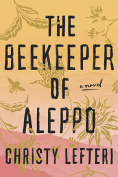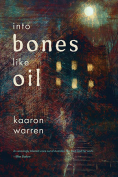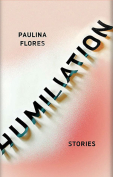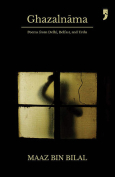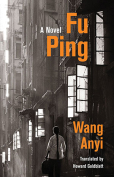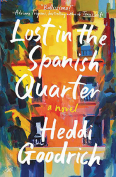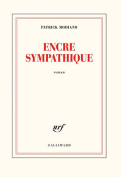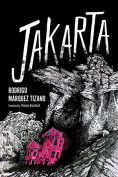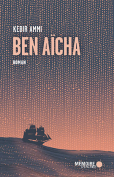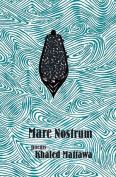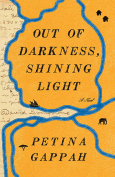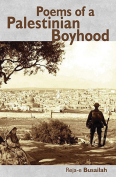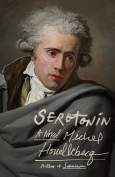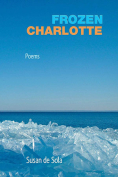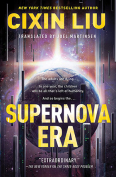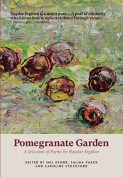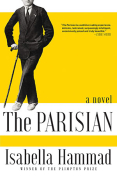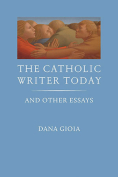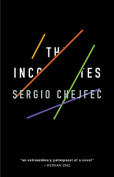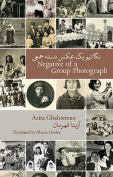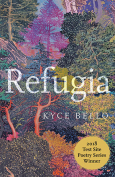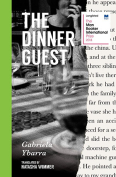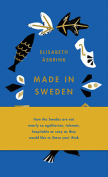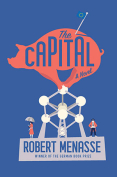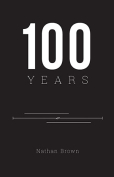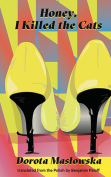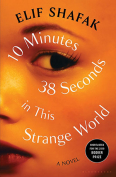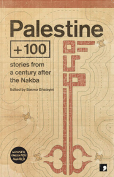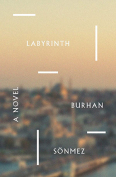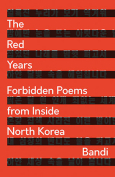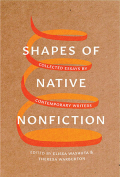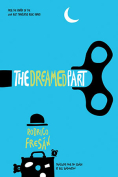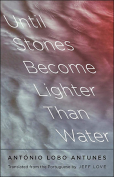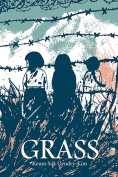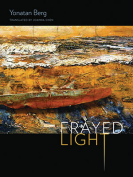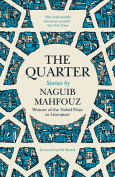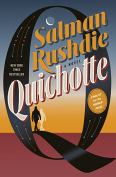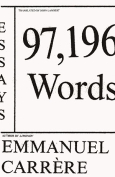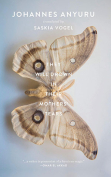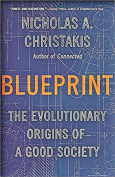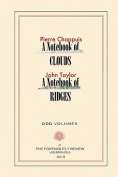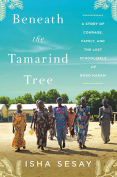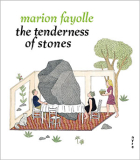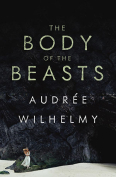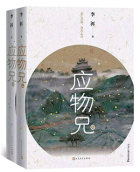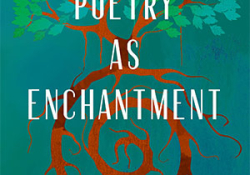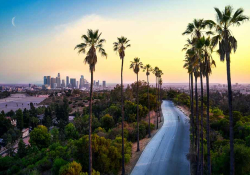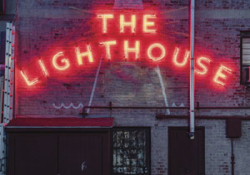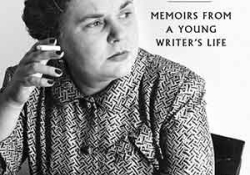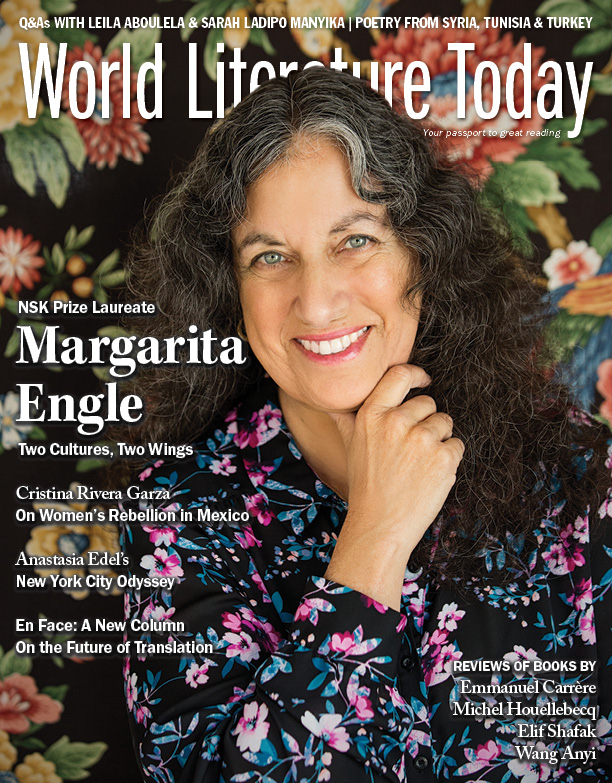The Catholic Writer Today by Dana Gioia
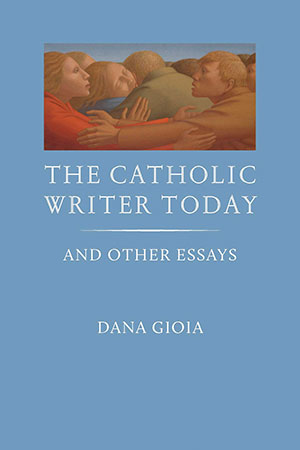 Belmont, North Carolina. Wiseblood Books. 2019. 213 pages.
Belmont, North Carolina. Wiseblood Books. 2019. 213 pages.
Dana Gioia is unique in contemporary poetry, as his poetry and critical commentary confirm. Rather than rise through the ranks of “academic bureaucracy”—as he called the complex of creative writing training at universities in his controversial 1991 essay “Can Poetry Matter?”—he trained himself at nights while working for General Foods, where he rose to the level of vice president of marketing after earning his MBA at Stanford. As readers may know, he served as the chairman of the NEA and has won major awards for his poetry, including the American Book Award and the Poet’s Prize for his monumental collection of new and selected poems, 99 Poems.
Now, with his newest book, The Catholic Writer Today, a three-part collection of essays and interviews, he surprises us again by taking up (with the provocative title essay in part 1) the plight of Catholic writers in current American culture, which is almost certain to stir controversy to the degree of his 1991 essay. Then, in the other essays of part 1, he explores five Catholic writers of the past, including Donne, Hopkins, Dunstan Thompson, William Everson, and Elizabeth Jennings, frequently educating the reader with details not generally known and always providing an insightful analysis of how Catholicism influenced their work.
Part 2 of the collection is comprised of two in-depth interviews with Gioia (who is himself a Catholic writer), in which he demonstrates on page after page his far-reaching intellectual acuity and perspicacity, leaving the reader wishing for far more than the fifty-three pages included. He articulates his views on the nature of poetry, his writing, the role of poetry in our current culture, and other related topics, frequently sharing pertinent autobiographical facts and connecting the discussions to existential issues of mortality, the sacramental, and the metaphysical. Finally, in part 3, we encounter five more essays, two in which Gioia considers the earliest of Christian writers (St. Paul) and the true business of martyrs as witnesses of “uncompromised truth,” and three in which Gioia explores Catholic artists in three other media—painting, sculpture, and music.
It’s difficult to convey the rewarding nature of these essays and interviews. Gioia’s mind is teeming with original insight and pertinent but arcane details, things that do not excerpt easily from the contexts in which they arise. Additionally, there are many off-script observations and hints about writing, life, and culture. It’s easier to portray the structure of his arguments. For example, in the title essay, he opines that Catholic writers are increasingly not represented in current poetics. While Catholics themselves (as distinguished from other Christians) number sixty million in the current US population, they are essentially barely represented in the current arena. Why is there no concern for the underrepresentation of nearly one-fourth of our population, he asks, stating, “Some kinds of diversity are evidently more equal than others.” He acknowledges that contemporary culture is secular culture but laments the loss of the spiritual depth, magnitude, and tradition that Christian artists brought to Western art in over two millennia.
He talks to us of Dante, Shakespeare, Donne, Baudelaire, and many others but then also of more recent writers—in both fiction and poetry—such as James Joyce, Graham Greene, J. R. R. Tolkien, Flannery O’Connor, and Czesław Miłosz, to name a few of the most prominent. In our own immediate time, however, he contends that “The retreat of the nation’s largest cultural minority from literary discourse does not make art healthier. Instead, it weakens the dialectic of cultural development. It makes American literature less diverse, less vital, and less representative.” Whether or not the reader initially agrees with the position stated, he or she is likely to be engrossed in Gioia’s wide-ranging argument. This is true of each of these essays and is true of the assertions discovered in the interviews as well. Readers find themselves in the presence of a deeply original and capacious intellect that is unpretentious and direct yet simultaneously concerned with shades of perspective and nuances of thought. Here is another vital book by one of our finest and most original authors.
Fred Dings
University of South Carolina
